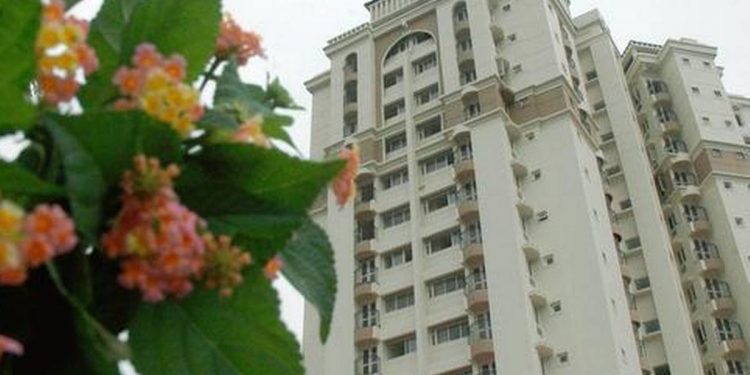New Delhi: India’s urban housing shortage has risen 54 per cent to 29 million in 2018 from 18.78 million in 2012, based on the number of physically inadequately housed households, according to a research paper.
According to the ICRIER’s paper, titled ‘Housing For India’s Low-Income Urban Households: A Demand Perspective’, the per-capita floor area of congested households declined from 111 sq ft in 2012 to 83 sq ft in 2018, signaling the urgent need to address congestion.
“The paper finds that in 2018, urban housing shortage based on the number of physically inadequately housed households was 29 million, 54 per cent higher than 2012. Congestion emerges as the primary cause of physical inadequacy in housing,” the Indian Council for Research on International Economic Relations (ICRIER) said.
Considering homeless households, non-slum households living in physically inadequate houses and slum households, the estimated number of inadequately housed households in 2018 works out to a maximum of 47.3 million or 41 per cent of urban households, the paper said.
“Taking into account the number of congested households living in houses where it might not be possible to build the required number of additional rooms to address congestion, the estimated maximum urban housing shortage or the number of new houses and existing housing in need of some form of intervention in 2018 was around 50 million,” it added.
Elaborating further, the paper said there is 40.6 per cent urban household shortage in EWS-1 or below poverty line (BPL) households, 56.8 per cent in EWS-2 households or non-BPL EWS households whose monthly income is Rs 25,000 or less.
It added that there is 2.6 per cent urban housing shortage in the lower-income group (LIG) whose monthly income is more than Rs 25,000 but less than Rs 50,000, and a miniscule 0.04 per cent in medium income group (MIG) and other high-income group households whose monthly income is more than Rs 50,000.
The paper emphasised that standalone housing policies are not the best housing solution for low income households.
“Social rental housing schemes, such as the recently announced affordable rental housing complexes (ARHCs) targeting migrant workers, EWS and LIG households, should reserve a specific number of units in each ARHC for EWS-1 households at a rent lower than that payable by other beneficiary households,” it said.
The paper also suggested that the issue of congestion can be addressed by constructing one more room in houses occupied by 17-18 million households, and by constructing two or more rooms in houses occupied by 2 million households.
“Improvements and repairs might also address the issues of obsolescence plaguing an estimated 3.5 million non-slum households,” it said.
PTI







































